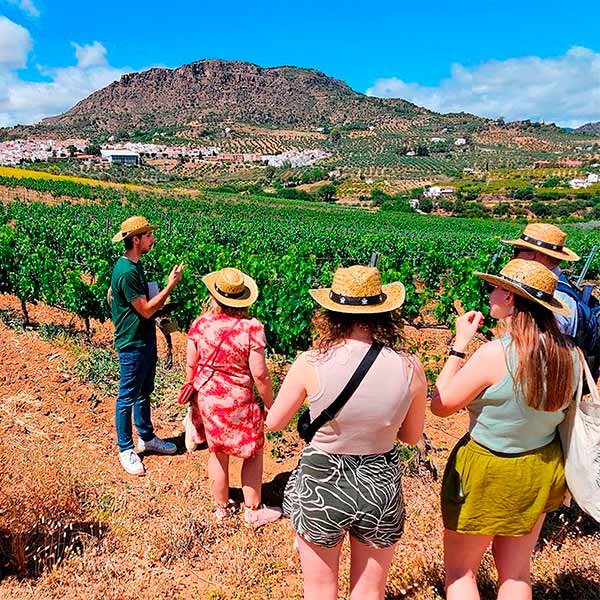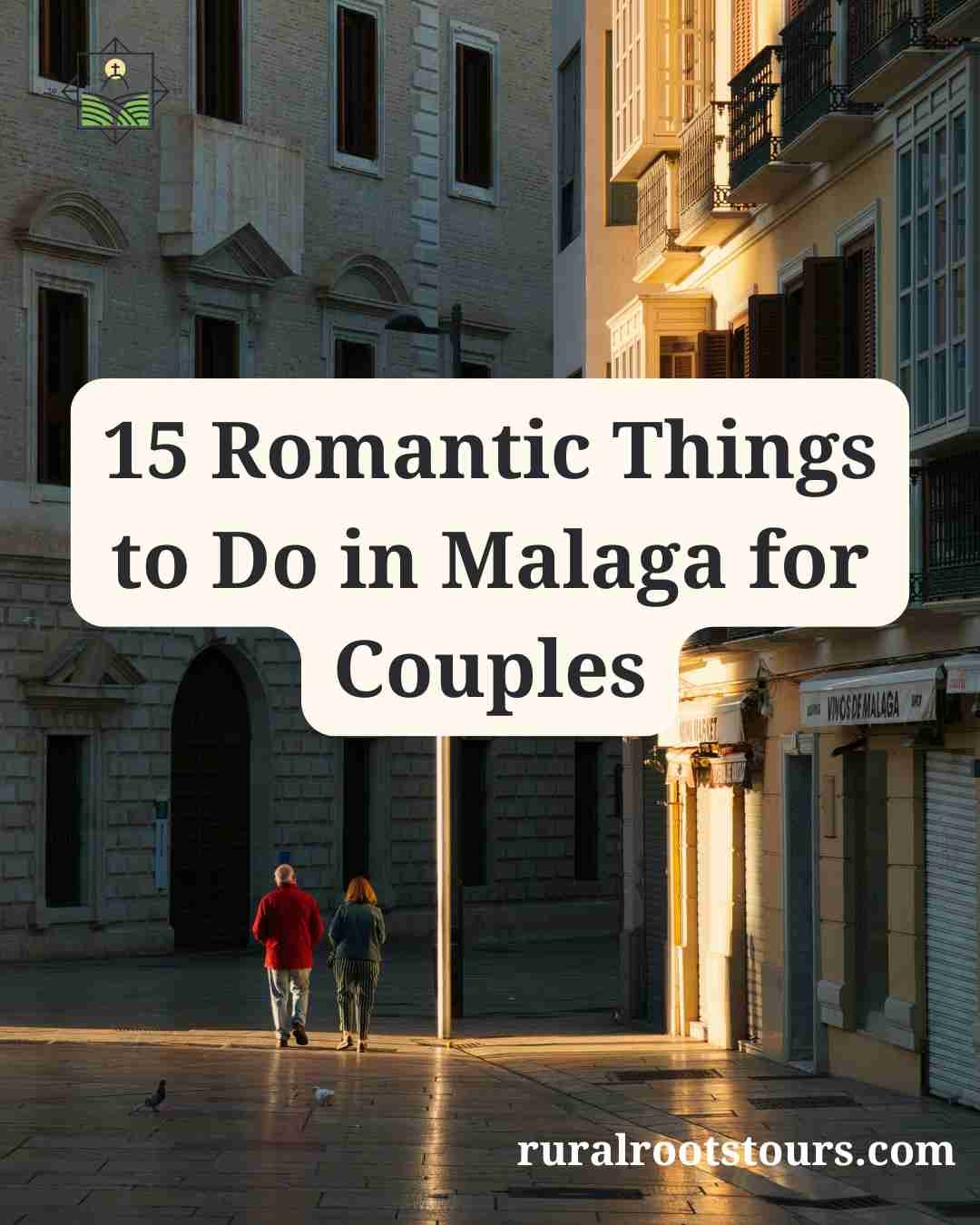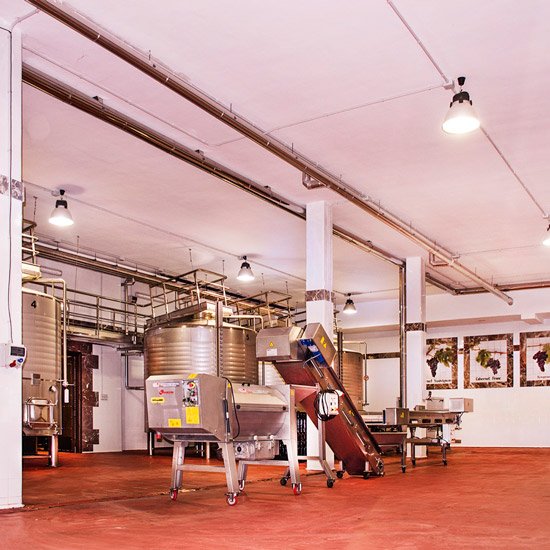Introduction
When most people think of Malaga, their mind immediately goes to sunny beaches, white villages, and tapas by the sea. But there’s something much deeper rooted in this beautiful corner of southern Spain—a winemaking tradition that dates back over 2,000 years. Long before Malaga became a popular tourist destination, its fertile lands and Mediterranean climate made it one of Europe’s most important wine-producing regions.
In this guide, we’ll take you on a historical journey through the history of wine in Malaga, from the vineyards of the Roman Empire to the rebirth of local wineries today. Whether you’re planning a wine tour in Malaga or simply curious about the region’s wine heritage, this article will help you understand why Malaga wine is so special.
Wine in Malaga During Roman Times
The story of Malaga wine begins long before the modern vineyards you’ll see today. Historical records show that viticulture in Malaga dates back to Roman times. The Romans quickly realized that the climate and soil of the region—what we call “terroir”—were perfect for growing vines.
Wine was a key product in Roman commerce, and Malaga wines were traded throughout the Roman Empire, from Italy to North Africa. Some of the earliest amphorae (ancient wine containers) found in archaeological sites around Malaga bear inscriptions related to wine trade.
During this period, grape varieties like Muscat of Alexandria were already being cultivated. This sweet grape, known locally as “Moscatel,” remains the signature variety of Malaga’s wine culture even today.
Moorish Period and Decline of Winemaking
The arrival of the Moors in the 8th century changed everything. As Islam spread across Andalucía, wine production in Malaga declined significantly due to religious restrictions on alcohol consumption.
However, it’s interesting to note that while wine consumption was forbidden, the agricultural knowledge of the Moors helped preserve many of the vineyard techniques. They introduced advanced irrigation systems and protected the vineyards to maintain the local economy.
Wine production didn’t disappear—but it remained hidden, mostly for medicinal purposes or private consumption.
The Renaissance of Malaga Wines
The true golden age of Malaga wines arrived during the 18th and 19th centuries. As Europe developed a taste for sweet, fortified wines, Malaga quickly became one of the continent’s most prestigious wine regions.
By the 19th century, Malaga was exporting thousands of barrels of wine to countries like England, France, and Russia. Malaga wine was even served in royal courts and enjoyed by aristocrats across Europe.
In 1932, Malaga received one of Spain’s very first Denominación de Origen (D.O.) designations, an official recognition of the heritage and quality of Malaga wine. This acknowledgment helped to protect the unique identity of Malaga’s sweet and natural wines.
The Phylloxera Crisis and Its Impact
Unfortunately, this golden age came to a tragic halt. In the late 19th century, the Phylloxera plague—a small insect that attacks grapevine roots—devastated the vineyards of Malaga. More than 90% of the vineyards were destroyed, and thousands of families lost their livelihoods.
This crisis led to a massive economic and social collapse in the region. Vineyards were abandoned, and Malaga’s international wine prestige faded away almost overnight.
The region spent nearly a century trying to recover, but many of the old vineyards were never replanted.
Modern Recovery and the New Wine Scene
The rebirth of Malaga’s wine culture is one of resilience, passion, and love for the land. In the late 20th and early 21st centuries, a new generation of local winemakers and small family-owned bodegas began to recover the lost vineyards.
Today, Malaga’s wine scene is more exciting than ever. Producers focus on:
- Quality over quantity.
- Sustainable and organic practices.
- Highlighting native grape varieties like Moscatel and Romé.
- Innovative winemaking techniques that respect tradition but appeal to modern palates.
Visitors can now taste a wide variety of wines—from the famous Malaga Dulce (sweet wine) to refreshing dry whites and bold natural reds—all crafted in small batches and deeply connected to the land.
The Legacy Today: Wine Tourism in Malaga
All this history is not just something to read in books—you can experience it firsthand. Walking through the vineyards, tasting wines crafted from ancient grape varieties, and talking to the passionate winemakers is like stepping back in time.
Today, wine tourism in Malaga is booming. Travelers can join authentic wine tours, visit centuries-old vineyards, and learn about the region’s unique winemaking heritage.
If you’d like to experience this living history for yourself, check out this local wine tour in Malaga’s countryside.
FAQs About Malaga Wine History
Malaga wine is famous for its sweet fortified wines, particularly those made from Moscatel and Pedro Ximénez grapes. However, the region also produces excellent dry and natural wines.
Wine production in Malaga began over 2,000 years ago during the Roman Empire.
Traditionally, Malaga is known for sweet wines, but today you can find a wide variety including dry, natural, and even sparkling wines.
You can taste Malaga wine at local bodegas, wine bars in the city, and through organized wine tours in the countryside.
Final Thoughts
The history of wine in Malaga is a story of survival, innovation, and deep cultural pride. From the Romans to modern winemakers, each generation has added a new chapter to this living tradition. Next time you sip a glass of Malaga wine, remember—you’re tasting over two millennia of history in every drop.




